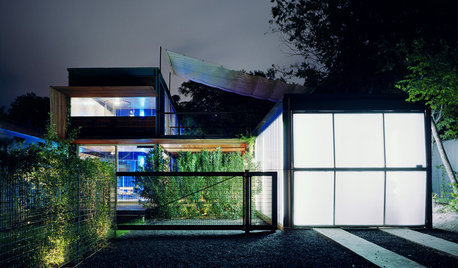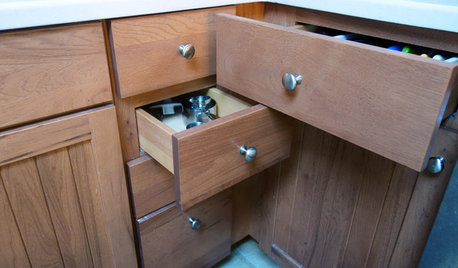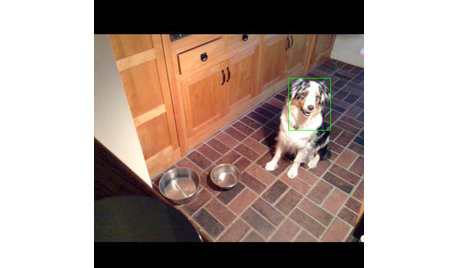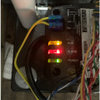forced air system fuel economizer-does it really work?
never-give-up
16 years ago
Related Stories

ARCHITECTUREWhat’s Fueling Austin’s Edgy Modern Architecture?
A look at the blossoming design scene in Texas’ capital city — and what’s behind all the experimentation
Full Story
INSIDE HOUZZHow Much Does a Remodel Cost, and How Long Does It Take?
The 2016 Houzz & Home survey asked 120,000 Houzzers about their renovation projects. Here’s what they said
Full Story
DECORATING GUIDES10 Ways to Hide That Air Conditioner
Feeling boxed in designing around your mini-split air conditioner? Try one of these clever disguises and distractions
Full Story
FUN HOUZZ10 Truly Irritating Things Your Partner Does in the Kitchen
Dirty dishes, food scraps in the sink — will the madness ever stop?
Full Story
GREAT HOME PROJECTSHow to Add a Radiant Heat System
Enjoy comfy, consistent temperatures and maybe even energy savings with hydronic heating and cooling
Full Story
HOUSEKEEPING5 Steps to Improve Your Heating System Now
Increase your heater's efficiency and safety for lower energy bills and greater peace of mind this winter
Full Story
MOST POPULAR5 Ways to Hide That Big Air Conditioner in Your Yard
Don’t sweat that boxy A/C unit. Here’s how to place it out of sight and out of mind
Full Story
LIFE6 Ways to Cool Off Without Air Conditioning
These methods can reduce temperatures in the home and save on energy bills
Full Story
HOME TECHTurn Your Smart Phone Into a Home Security System
Monitor your home a less expensive way by putting your phone and some new gadgets to work
Full Story
MOST POPULARMy Houzz: Open-Air Living in the Mountains of Bali
Community, jaw-dropping beauty and sustainability come together in a tropical paradise for a London expat
Full Story




hendricus
never-give-upOriginal Author
Related Discussions
How to be sure home has comfortable and economical heat system
Q
Frustrated... Forced Air? Heat Pump? AC? Michigan
Q
Opinions Needed: Replacing Trane Forced Air 90% Furnace
Q
Experiences with dual-fuel vs. hydronic coil systems?
Q
joeplumb
never-give-upOriginal Author
never-give-upOriginal Author
never-give-upOriginal Author
dickross
brickeyee
User
never-give-upOriginal Author
brickeyee
never-give-upOriginal Author
mr_havac
brickeyee
ccook_chriscook_com
garymunson-2008
brickeyee
percent
garymunson-2008
percent
percent